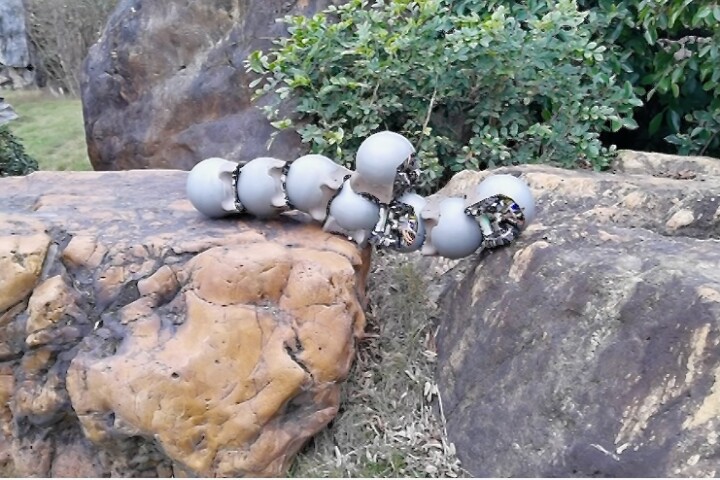Dinosaurs came in a ridiculous variety of shapes and sizes, but just how they all fit together is still up for debate. The recently-discovered Chilesaurus is made up of a weird mishmash of body parts from different types of dinosaurs, and now scientists believe it could help plug a major hole in the history of these ancient reptiles.
Earlier this year, researchers at the University of Cambridge and the London Natural History Museum shook up the dinosaur family tree, which had stood almost unchanged for over a century. Under the newly proposed structure, the Therapoda (two-legged predators like T-rex) and Ornithischia (bird-hipped herbivores like Triceratops and Stegosaurus) groups were closely related, while the Sauropodomorpha (giant long-necked creatures like Brachiosaurus) were more distant cousins.
And that's where Chilesaurus comes in. At a glance, it looks like a theropod – but its flat, grinding teeth reveal it was a vegetarian, and its bird-like hips are characteristic of the Ornithischia group. But unlike other ornithischian dinosaurs, Chilesaurus has a rounder snout instead of a pointed beak-like structure. It was a puzzle.
"Chilesaurus almost looks like it was stitched together from different animals, which is why it baffled everybody," says Matthew Baron, joint first author of the study.
Like their previous study, the researchers analyzed over 450 anatomical characteristics of early dinosaurs to find where the Chilesaurus belongs in the family. According to the study, the animal's oddball anatomy makes it a "missing link" between the two related groups, Ornithischia and Therapoda. The finding sheds some light on how and in which order these individual features might have evolved.
"Before this, there were no transitional specimens – we didn't know what order these characteristics evolved in," says Baron. "This shows that in bird-hipped dinosaurs, the gut evolved first, and the jaws evolved later – it fills the gap quite nicely. There was a split in the dinosaur family tree, and the two branches took different evolutionary directions. This seems to have happened because of change in diet for Chilesaurus. It seems it became more advantageous for some of the meat eating dinosaurs to start eating plants, possibly even out of necessity."
It's probably only the beginning for these kinds of discoveries, according to the researchers. So far, their dataset focuses on early dinosaurs, but they expect to dig up some other surprises once they extend the pool to include later species as well.
The research was published in the journal Biology Letters.
Source: University of Cambridge




